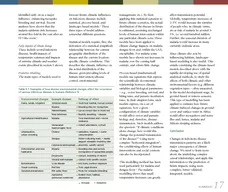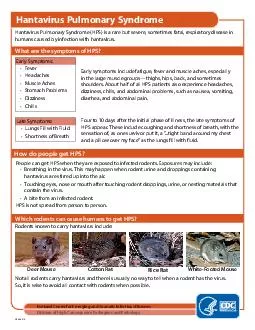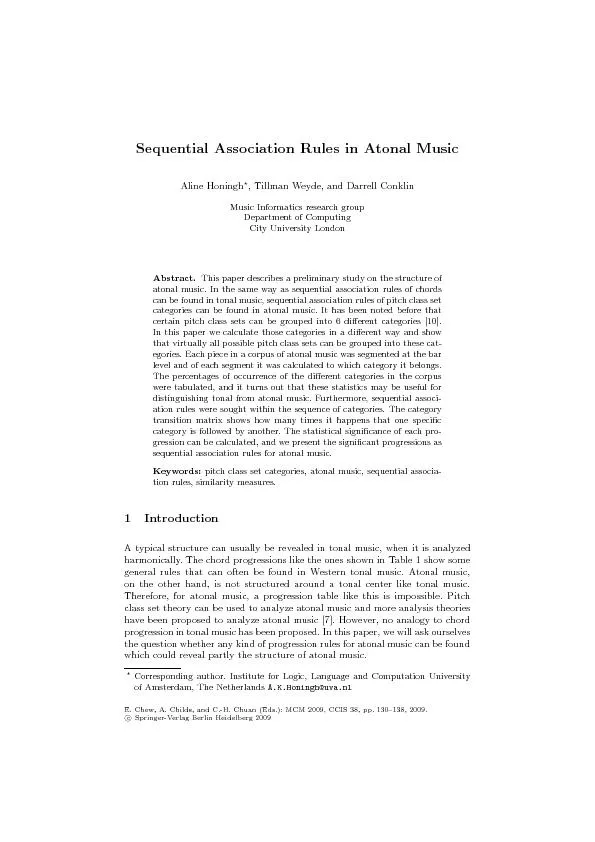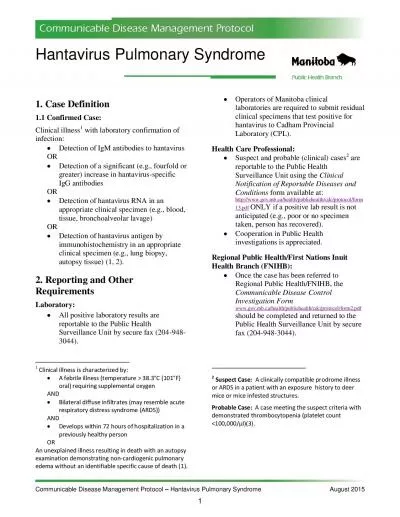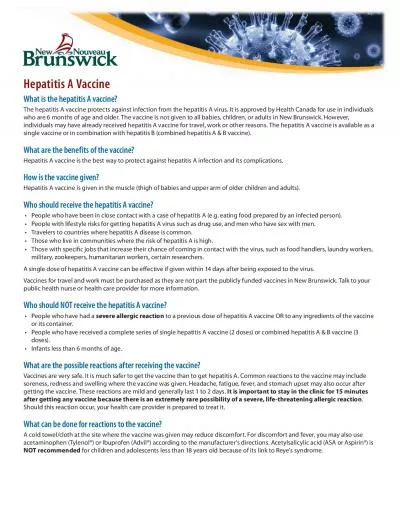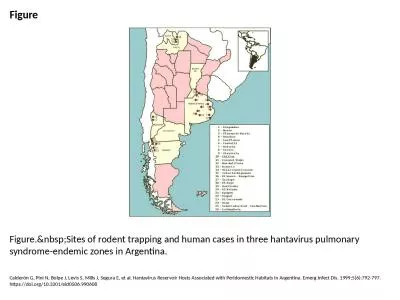PDF-Climate Change And Infectious Diseases Today worldwide there is an apparent increase in
Author : lois-ondreau | Published Date : 2015-01-17
This reflects the combined impacts of rapid demographic environmental social technological and other changes in our ways ofliving Climate change will also affect
Presentation Embed Code
Download Presentation
Download Presentation The PPT/PDF document "Climate Change And Infectious Diseases T..." is the property of its rightful owner. Permission is granted to download and print the materials on this website for personal, non-commercial use only, and to display it on your personal computer provided you do not modify the materials and that you retain all copyright notices contained in the materials. By downloading content from our website, you accept the terms of this agreement.
Climate Change And Infectious Diseases Today worldwide there is an apparent increase in: Transcript
Download Rules Of Document
"Climate Change And Infectious Diseases Today worldwide there is an apparent increase in"The content belongs to its owner. You may download and print it for personal use, without modification, and keep all copyright notices. By downloading, you agree to these terms.
Related Documents

